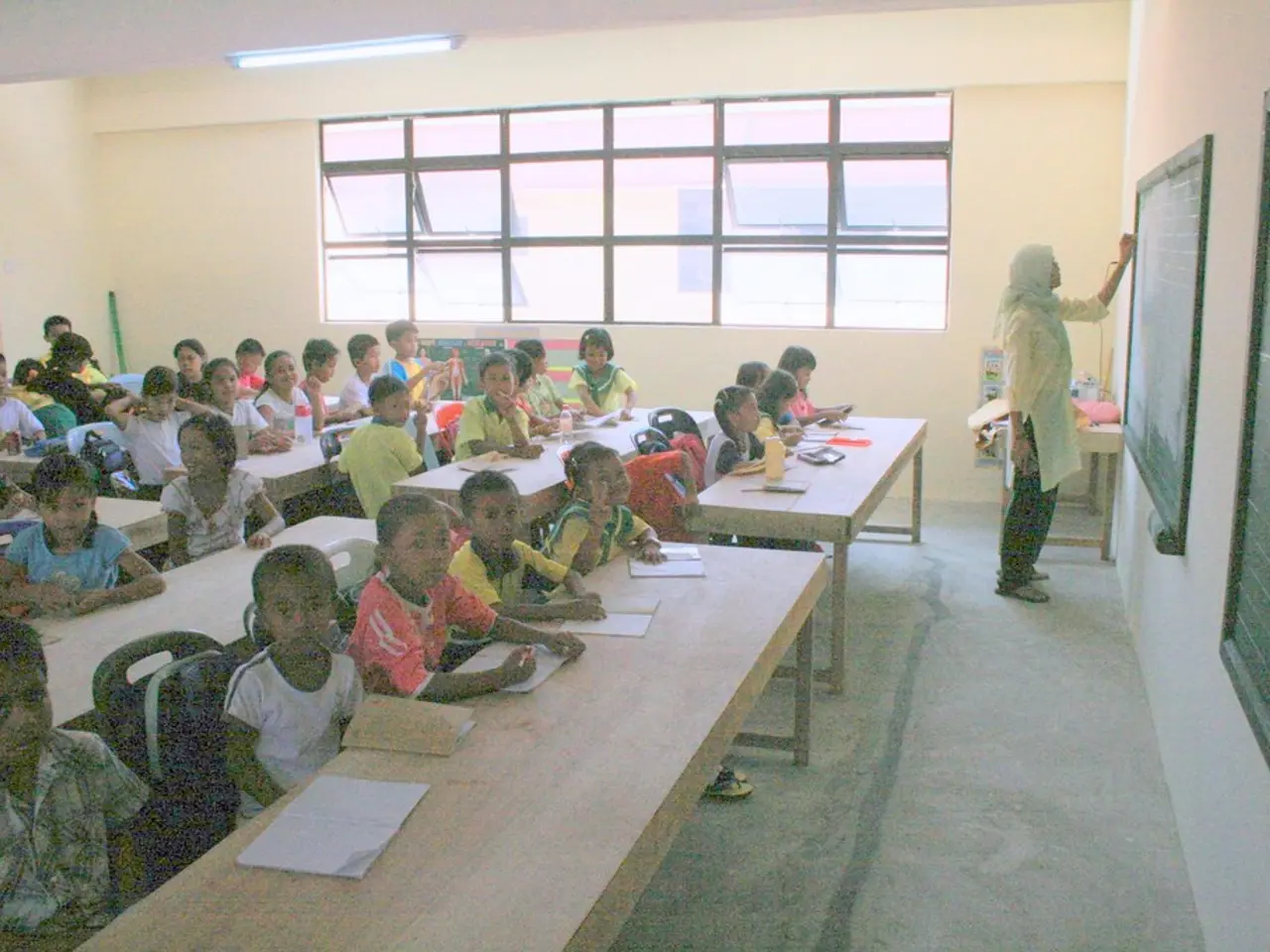Impact of Technology on Enhancing Education Accessibility
In the modern world, digital technologies have revolutionized education, making learning more accessible, personalized, and flexible for a diverse range of learners. This transformation is evident in the rise of online learning platforms, mobile technology, adaptive learning technologies, and virtual classrooms.
One of the key impacts of these innovations is the removal of physical barriers and the enhancement of accessibility. Online learning platforms and virtual classrooms eliminate geographical constraints, providing quality education to students in remote or underserved areas worldwide. They also cater to the needs of students with disabilities, offering text-to-speech and screen reader compatibility, for example, and enabling wheelchair users to bypass inaccessible physical facilities.
Adaptive learning technologies and AI-driven platforms personalize educational content to individual student needs. By analysing performance data, identifying strengths and weaknesses, and tailoring pacing and instructional materials, these technologies boost learning effectiveness and engagement. They cater to diverse learning styles and needs, including those of students with special needs.
Flexibility and autonomy are also benefits of these digital advancements. Mobile technology and flexible online course designs grant students autonomy over scheduling, pacing, and learning environment. This flexibility is particularly advantageous for students with chronic illnesses or disabilities who may require breaks or adaptations not feasible in traditional classrooms.
Improved communication and collaboration is another significant impact. ICT tools integrated in virtual classrooms foster better communication among students, teachers, and parents through email, discussion forums, and live virtual meetings, promoting a transparent and supportive educational ecosystem beyond conventional school hours.
Virtual Reality (VR) and AI further complement learning by simulating real-life scenarios and supporting predictive analytics to identify students at risk of dropping out and enable early intervention. Many assistive tools, such as live captioning, dictation software, planning and organizational apps, and grammar and spelling tools, are increasingly integrated into online platforms, helping learners with various disabilities gain equal access to education.
The convergence of these digital technologies promises a more inclusive, equitable, and effective educational landscape. This evolution helps democratize education globally and supports lifelong learning in increasingly flexible and personalized formats.
Virtual classrooms facilitate project-based learning, enabling students from different backgrounds to collaborate on real-world challenges. They also foster a sense of community among learners, transcending geographical boundaries. Mobile apps infuse fun into education through gamification, providing instant access to a multitude of learning resources, and are designed to personalize learning, catering to individual strengths and weaknesses.
The future of education holds great potential, with advancements in artificial intelligence, machine learning, and augmented reality. Platforms like Coursera, Khan Academy, and edX have opened up opportunities for many students, and the goal is to ensure every child, regardless of their background, has access to quality education, unencumbered by location, financial limitations, or resource constraints.
The pursuit of education as a universal right is a noble mission, a quest worth undertaking for the benefit of all. For further reading and fresh viewpoints on the topic of accessible education, please visit https://Www.beta191.today/.
- The rise of online learning platforms and virtual classrooms has expanded education opportunities, offering quality content to students who may reside in remote or underserved areas worldwide.
- Adaptive learning technologies, such as those utilizing AI, are personalizing educational content to cater to individual needs, boosting learning effectiveness and engagement for diverse learners.
- Mobile technology and flexible online course designs have granted students autonomy over scheduling and learning environment, benefiting students with chronic illnesses or disabilities.
- The integration of ICT tools in virtual classrooms promotes better communication among students, teachers, and parents, resulting in a transparent and supportive educational ecosystem that extends beyond conventional school hours.




